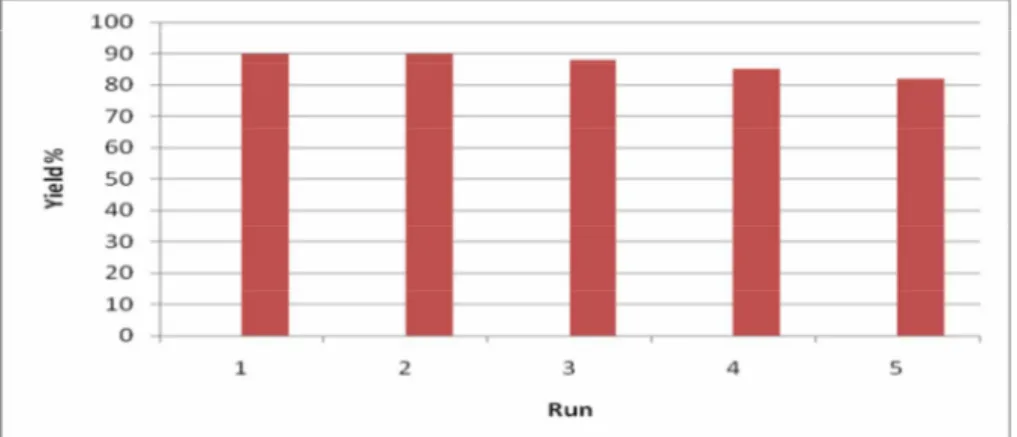Synthesis of Benzopyrano[2,3-d]pyrimidines Using Silica-Bonded N-Propyldiethylenetriamine Sulfamic Acid (SPDTSA) As Heterogeneous Solid Acid Catalyst under Solvent-Free Conditions
Full text
Figure
![Fig. 1. The structure of some bio-active compounds containing a benzopyrano[2,3-d]pyrimidine moiety](https://thumb-us.123doks.com/thumbv2/123dok_us/8380455.2226365/2.918.264.667.179.308/fig-structure-active-compounds-containing-benzopyrano-pyrimidine-moiety.webp)

Related documents
GIS descriptor Data T ype Date Le gend Author Access T opograph y 1 m bare-earth DTM a of Claduègne catchment Raster 2012 Lidar campaign Sintégra géomètres Public experts 25
In the standard Y factor measurement method to mea- sure noise figure two main error sources are specified by equipment manufacturers: the uncertainty of the noise source in terms of
NFC enabled technologies could be an interesting area for investigation. In terms of theory and development, most of the research papers those are published
From this objective, this study proposes two mathematical models to optimize usage of packaging ratios between their types and minimize packaging wastes when they are maximum level
We substantially improve the usual characterization of essentiality in terms of congruences, Lemma 1, of an extension B of A by giving a characterization in terms of the elements of B
Reference has attributes: RefID, RefType and an element: Publication with oc- currence + whose attribute is rlink referencing back to the Publication element in the document which
Internal objects are objects whose methods are used to compose the behavior of the CF object. Messages received by a CF object can be delegated to internal objects instead of the
McGuire (2005) came up with charismatic, persuasive, consultative, transactional, transformational and delegating styles and explored basic management styles